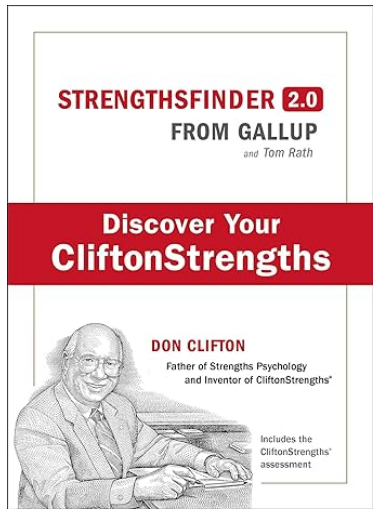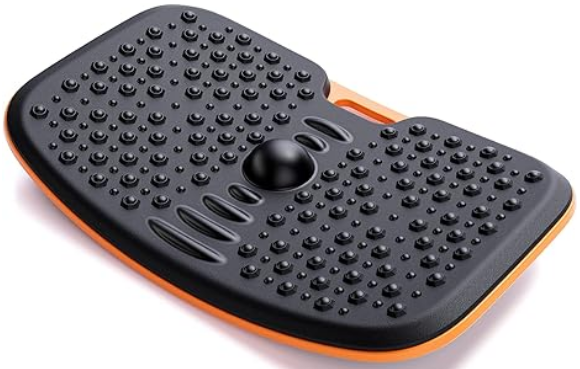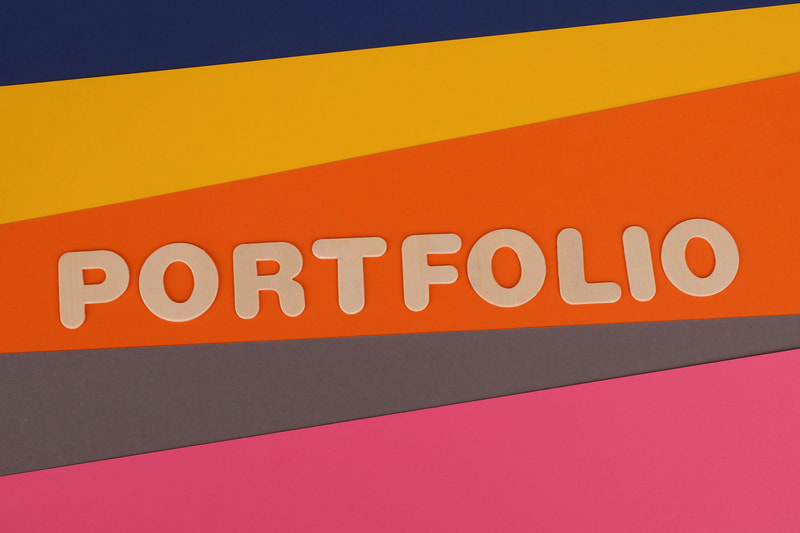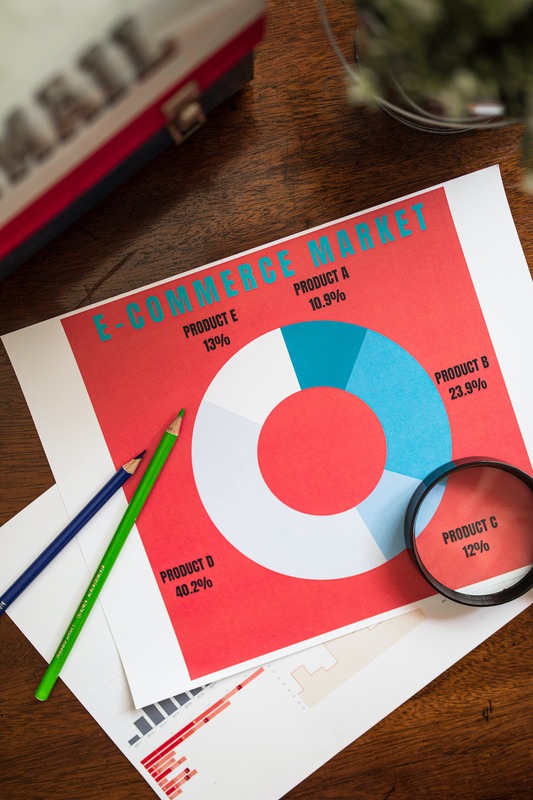|
By Brenda L. Peterson, The Layoff Lady Managing Job AnxietyRecently, I was at a professional development event where we shared best practices for delivering effective virtual training sessions. During networking time, I talked with a woman who had been laid off, and then called back to work for the same company (which is rare for someone working in the field of learning and development). While she was glad to be employed again, she was having a hard time being happy in her new/old position without constantly worrying about her job unexpectedly ending again. To Worry, or Not To Worry?When you've been laid off before, or just seen people around you lose their jobs, it's hard not to worry about it happening to you. Whenever you read about layoffs in the news, hear that your company's sales numbers were lower than expected, or hear rumors about a company merger, your mind might jump to conclusions. Instead of letting a wave of panic run through you each time your boss invites you to meet one-on-one, there is an alternative: changing your overall mindset. My Old Operating Modes: Either/OrEarlier in my career, I had two operating modes when it came to work: “I’m happy with my job” and “I need to find a new job right this minute.” When I was happy with my job, I did excellent work at my day job and didn't worry much about the future beyond that role. I would learn new skills for the job, but I didn't always think about my overall career trajectory. Conversely, when I knew I needed to launch a job search, I shifted away from the work I was doing and started focusing solely on taking my next steps outside of my current role and organization. Only then did I shift to developing skills applicable to another workplace, meeting more people to help me get a new job, and planning to exit the organization. My New Mindset: Both/AndI finally realized I didn't have to pick between these two operating modes. Instead, I needed to shift my overall way of thinking and adopt the both/and mindset that was also more long-term and sustainable. I started focusing on myself as a working professional and what I needed to do to succeed personally, regardless of who my specific employer was. This included focusing on my ongoing learning and development, building my professional network, and planning for contingencies. This built up my career resilience, which helped me feel more confident that I would thrive regardless of my current work situation. Learning and DevelopmentWhen people think of learning, they often focus on formal degrees, certifications, and completion certificates from instructor-led classes. While these are valuable, and often a great foundation, ongoing learning can take many forms. Whether you attend a webinar, watch a TedTalk, read an article online, or listen to podcasts on your area of interest, you are continuing your professional development. Staying current with industry trends and continuing to learn and grow helps me perform well in my current role while also allowing me to be future ready. In an ever-changing world, continued professional growth is the best way to manage whatever happens next. Building My Professional NetworkToo often, networking is depicted as a superficial act that involves making initial connections with people, then dreading the next day’s “Would you like to buy something from me” calls. I approach networking differently. My goal is to build mutually beneficial relationships with people. Interacting with these connections provides opportunities to share information, learn from one another, and help one another out along the way. I use LinkedIn to track my professional network. I connect with people I've met before and with whom I share something in common. My LinkedIn network includes former coworkers, individuals I've sat next to at in-person events, people I've attended an online event with, and professionals working in the same field as me. Contingency PlanningRegardless of my role, and even if it seems to be going well, I always have a backup plan, a backup backup plan, and then a couple more backup plans after those. After weathering many layoffs and the unique challenges of each, I have a broad sense of the situations I may need to mitigate. Those include an unexpected job loss, choosing an interim health care option, and how to launch a post-layoff job search. Here are a few steps I have taken to help prepare for possible situations:
What Do You Think?How do you help yourself not worry about being laid off? Share your thoughts in the comments. Learn More
0 Comments
By Brenda L. Peterson, The Layoff Lady Brenda's Favorite ThingsThis week, I'm taking a detour from my usual blog articles full of valuable insights on layoffs, job transitions, and career resilience. Instead, I'm going to channel my inner Oprah and share some of my favorite things with you. Some of these may be holiday gift ideas, and others might be items you pick up for yourself. These are all products I purchased for myself, have used, and would definitely recommend to others. Dry Erase Index Cards and Fine Tipped MarkersI love notecards. When brainstorming ideas or figuring out how to organize content, I often write down each idea on a notecard and then move the cards around to optimize content flow. A while back, I stumbled across these amazing dry-erase index cards. Not only can I write things on them and use them to organize content, but they wipe off, and I can use them again! This pack includes 45 double-sided laminated cards. They are also great if you want to make flashcards for yourself or your family to help memorize important content. In addition, I bought this excellent set of dry-erase markers. I love these because they include a variety of colors and also come with six black markers. Each marker also has a magnet and a built in eraser on top. StrengthsFinder 2.0: Discover Your Strengths BookIf you've read much of what I've written here or posted on LinkedIn, you may know that I'm a HUGE proponent of CliftonStrengths. In short, many of us lack the awareness to understand what we are uniquely good at. In addition, we lack the language to describe how we naturally interact with the world as compared to what other people do. While you can go directly to Gallup's website and purchase access to the CliftonStrengths Top 5 report, instead, you can buy the StrengthsFinder 2.0: Discover Your Strengths Book, which includes a code to access the online assessment. It also makes a nice gift. I gave these to my immediate family last year for Christmas, and it was a fun activity. We each got to learn about ourselves and then had a chance to talk about our talents and strengths. Wobble BoardI have an adjustable desk at work, which I love because I can stand up for at least part of the day. A coworker of mine talked about wanting an under-desk treadmill, then later had found one of these fun wobble boards for under her desk. In short, it's a curved board that she can stand on that "wobbles." It's a great way to keep moving, stretch, productively fidget, and increase your daily steps. I actually bought one for work and for home. I use the one I have at home in the living room. After I sit for what feels too long, I stand on for a while, and may even watch TV or lift a few weights. This is one of those items that has a whole bunch of possible names. The one I bought for myself has this crazily long descriptive title on Amazon: Anti Fatigue Mat Balance Board Standing Desk Mat Balance Boards Sit Stand Desk Mat Accessory Ergonomic Design Non-Slip Bottom Wobble Balance Board Black. Learn More
By Brenda L. Peterson, The Layoff Lady Thinking Through Your WhyWhen creating an online portfolio, as with many tasks in life, it's helpful to think about your goals. Thinking it through now will help you to create a portfolio that meets your short and longer-term goals. Depending on your wants, needs, industry, and timeline for completion, your portfolio could take any number of forms and be the right choice for you. Until you identify your goals, you are at risk of making an ill-advised decision that could cost you time, money, and opportunities. Identifying Your Portfolio GoalsHere are a few questions to ask yourself as you determine your portfolio goals:
My Portfolio Lessons LearnedA few years ago, when applying for jobs, I realized I needed an online portfolio to show hiring managers supporting evidence that I could use the learning and development skills included in my resume. I looked at job descriptions for training leadership roles that interested me and noted the specific keywords and skills that were most often included. From there, I chose work samples to showcase those identified skills. For each sample, I included a brief introduction to position the value of each artifact. I shared a project plan, a pitch deck promoting a company-wide change, a facilitator guide, and microlearning videos on technical, soft skills, and business-related topics. From a technology standpoint, my portfolio was a hidden page on my existing website. That portfolio page was non-searchable and not listed in website navigation, but it was available directly through the page's web address. As needed, I could include that URL on my resume, email it to hiring managers, or include it in an online job application. What Do You Think?What are your goals for your portfolio? What kind of content do you think it makes sense for you to include? As you are comfortable, share your ideas in the comments. Learn More
By Brenda L. Peterson, The Layoff Lady About PortfoliosDepending on the field in which you work, you may be asked to submit work samples at some point during the hiring process. The collection of examples of your work product is often called a portfolio. The content of your portfolio will vary depending on your goals, your industry, and the type of roles for which you are applying. Portfolios in Days of YoreEarlier in my career, I had my "me book" that I woudl bring with me when I had in-person job interviews. It was a three ring binder the included neatly organized printed samples of my previous work. I did not give this to a hiring manager, but I would do a brief show and tell and explain each document. In addition, I also included a copy of my resume, certificates from classes I had taken and certifications I had achieved, and transcripts from college and graduate school. When I attended and interview with a hiring manager or potential coworkers, often someone would ask if I happend to bring any work samples with me. I would often walk them through one or more of my work samples, described the design decisions involved in its creation, and told them the story of how I solved a work problem and how that work sample fit in. Portfolios NowNow, typically a portfolio is expected to be available online. You should have a link that you can share with a potential employer. In some cases, employer may review your work samples later on in the hiring process. In many cases, employers may ask for a portfolio link during the application process. Depending on the role and organization, companies may even not consider applications for some jobs which do not include a portfolio link. What To IncludeWhen it comes to determining what to include in your portfolio, it comes down to your overall goals. At it's most basic, you need to make sure you include samples of your work that align with the tasks and projects included in the jobs you would like to do. Here are a few examples:
Overall, you need to figure out what skills are required, and show examples of how you have done that type of work in the past. What You Can ShowcaseYour overall goals for your portfolio will help you determine what to include. Depending on what skillset you are trying to demonstrate, here are just a few of many possible focus areas for someone who is an instructional designer:
None of these examples is right or wrong. Instead these are alternate approaches you might want to take to support your overall professional goals. What Do You Think?What skills do you want to showcase in a portfolio? What skills and work examples might you include? What approach might you take to organizing your portfolio? Share your thoughts in the comments. Learn More
|
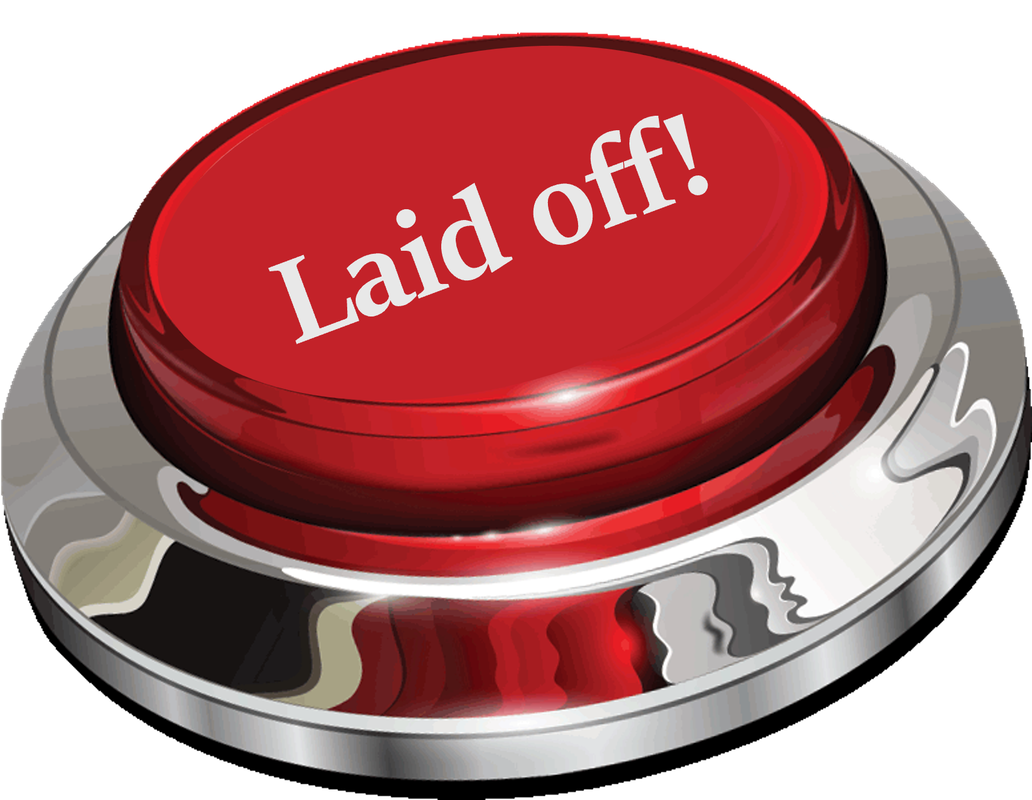
Just get laid off?
Click here for info on what to do first. Author7-time layoff survivor Brenda L. Peterson, The Layoff Lady, waxes poetic on layoffs, job transitions, & career resilience. Buy The Book!Were you recently laid off from your job and need a roadmap for what's next? Pick up a copy of my book, Seven Lessons From Seven Layoffs: A Guide!
Categories
All
Archives
July 2024
|





